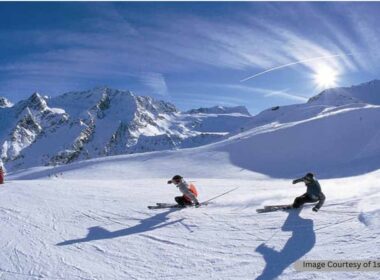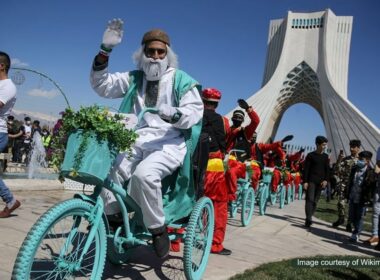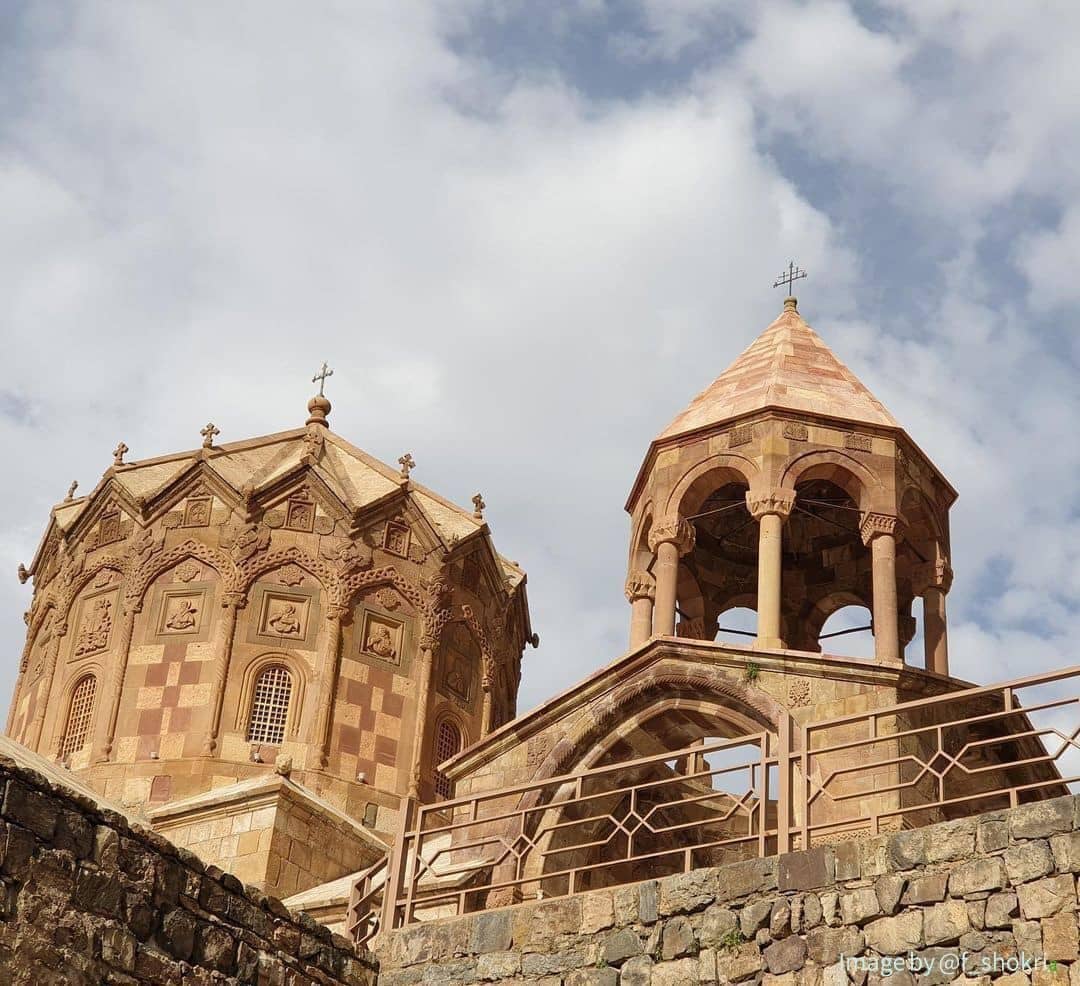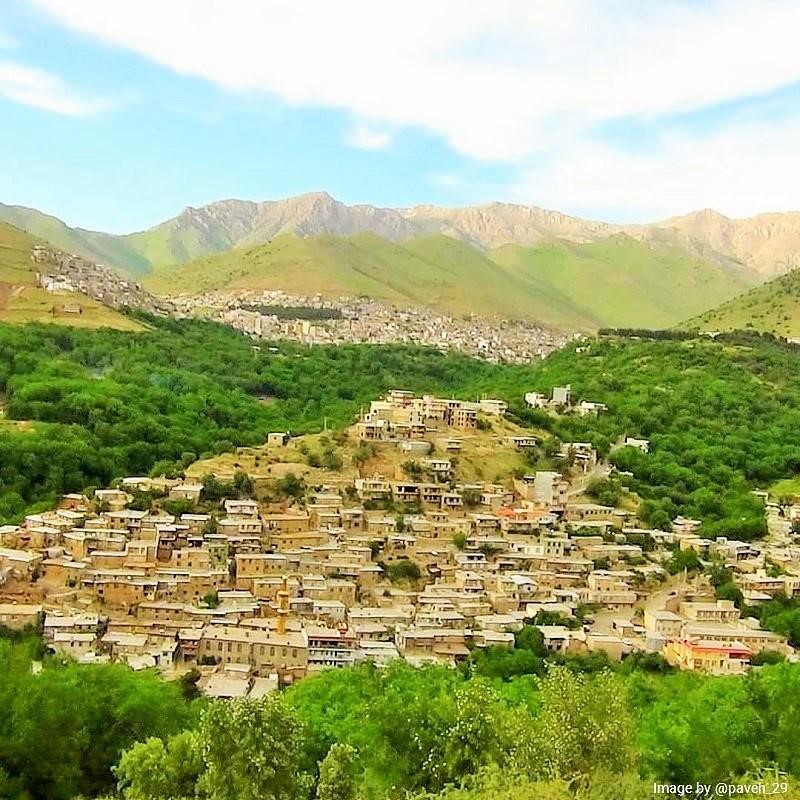
The western provinces of Iran are home to large numbers of natural and historical tourist attractions. Kermanshah province is one such example. The cultural landscape of Uramanat is one of the main Kermanshah tourist attractions, a landscape that was added to the UNESCO World Heritage List in 2021. Uramanat or Hurman is a favorite destination for both domestic and international travelers.
This village, also called “Ha-Waraman” in the local dialect, has an international border with Iraq on the west, domestic borders with Kurdistan province to the north, and Javanrud town from the south.
A 75-km road links it to Mariwan County. This region is a buffer zone between Iran and Iraq and has a bio-diverse plain and winding rivers of wild beauty. The famous springs of this area are Sirwan and Leileh. These two rivers converge near the Iran-Iraq border. The location of their confluence is called Daruleh.
The materials mainly used in the construction of the buildings in the area are stone and timber, built in the dry-stack method (without mortar). All the used materials have been collected from the region’s natural resources. The town’s houses are generally made of stone and built on top of each other like stairs only using the dry-stack method. That’s why Uramanat is also called the village of Hezar Masuleh (a thousand Masulehs).
Given the unique geography of Uramanat, the architecture of its houses is also in harmony with nature. The town is located on the foothills of a mountain, and with this style of architecture, the upper house’s yard is the lower one’s rooftop.
Mild mountain climate, green pastures, fruitful orchards, and an abundance of springs, along with genuine and sincere people best describe the cultural landscape of Uramanat. In the Hawrami language, Uramanat means the land of Ahura and the throne of Ahura Mazda.
One of the Uramanat tourist attractions is the remains of Zoroastrian fire temples around the village, indicating that the people of this region followed Zoroastrianism before Islam. Other attractions of this village include the Festival of Pir Shalyar, Uramanat Castle, and the beautiful stone mosque in the city. As you learn about this area, you will realize why it is registered as the Cultural Landscape of Uramanat.
History of The Cultural Landscape of Uramanat
The earliest traces of human civilization in the archaeological surveys and excavations in this area date back to the Paleolithic era. According to archeological documents, this area is more than forty thousand years old.
Traces of human civilizations from the Iron Age have also been found in the area. The findings relate to several civilizations and a large stone tomb that is nearly three thousand years old. Also, these works showcase the harmony of Uramanat’s architecture and its people with nature from ancient times until now.
Architecture in Uramanat
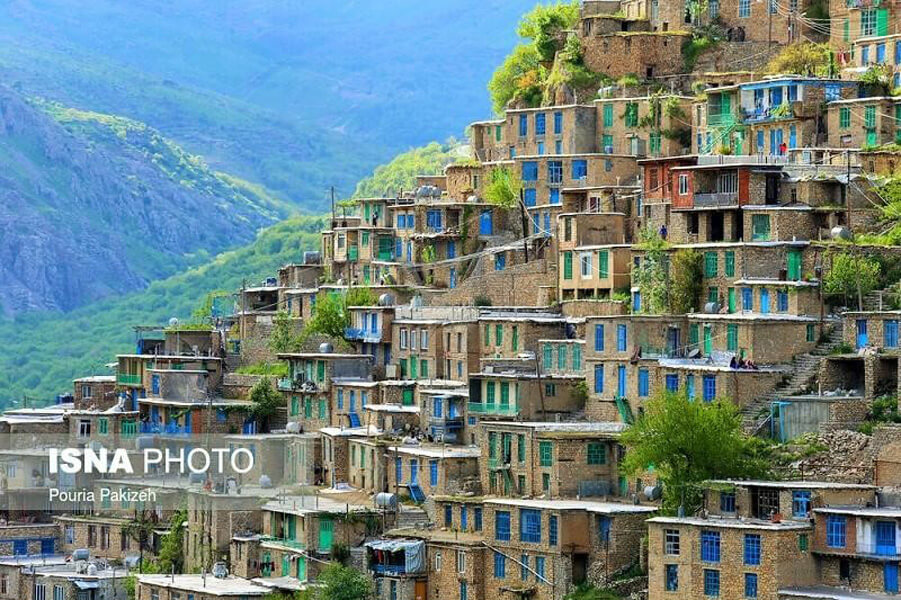
The architectural pattern in the cultural landscape of Uramanat has fully adapted to the surrounding mountains. It mostly consists of dry-stack stone constructs. Because of the steep slope of the rocky foothills, the houses in this region’s villages are built on top of each other like stairs. Also, in most cases, the houses have two stories, and each house has a unique layout based on the owner’s plans.
The stepped architecture of the village and its spectacular houses form the shape of a pyramid. An ancient castle is located at the top of this pyramid. The ground floor is often used to keep the herds and serves as a storage area. The main residential area is the upper floor, divided into different sections. The reason for this is the importance of livestock in this area and the extremely cold weather during winters.
The residential areas are built near water springs. The buildings are built along the slope of the mountain facing the sun to the south, to absorb the maximum amount of heat from the sun.
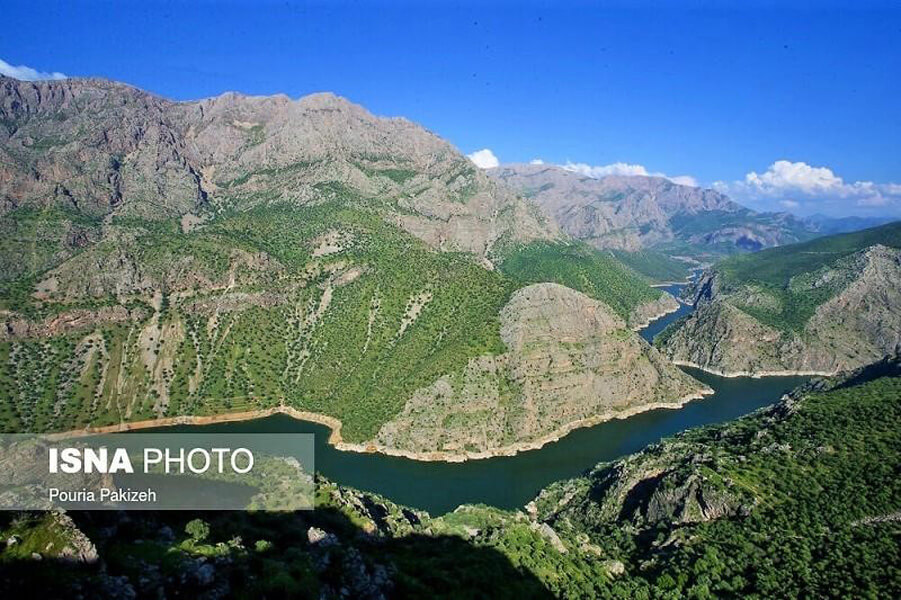
The type of interaction of the Avroman people (Uramanat indigenous population) with the world around them shows that Avromans in the Uramanat cultural landscape is not in conflict with nature, but have adapted to it. Because Avroman’s first home is nature. These people have reached a deep understanding of the nature around them through their revelations in mountains and valleys. This understanding has led to the discovery of nature’s truth. The names that Avromans have given to the landscapes are a sign of nature’s significance for them.
Uramanat (Avroman) Culture
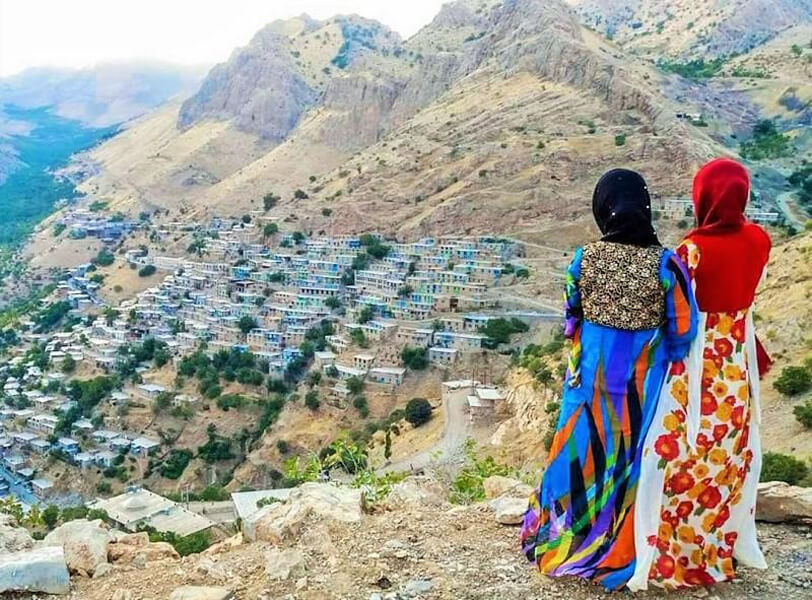
Kurdish clothing is a blend of colors and patterns. The clothes of the Uramanat people are also Kurdish. The use of happy colors, patterns of flowers and animals, and elements of nature are the defining features of Uramanat traditional clothing.
Because of living in the mountain area and having access to natural dye plants, the Uramanat people use warm colors such as red and lacquer in their clothing. The dye plants are gathered from the surrounding area. The history of Kurdish clothing goes back to the Medes period and ancient Persia and shows the compatibility of the Avroman population with nature.
Special ceremonies and traditional practices also indicate the importance of this region in previous eras. The origins of ancient Zoroastrian beliefs are evident in these traditional practices. These ancient practices show the historical depth of the Uramanat culture and how it has endured in the historical memory of the region’s population. Some consider the current ceremonies a mixture of ancient customs of the Uramanat people with their Islamic beliefs.
The tomb of Pir Shalyar, who was a disciple of Abdul Qadir Gilani (a popular Muslim Sifi and preacher), is located at the end of the Uramanat asphalt road. The Pir Shalyar Festival includes the slaughter of the sacrificial animal, playing Daf (traditional frame drum), a spiritual dance, eating a special recipe of barley āsh (soup), and spending the night reading poems and saying prayers.
Uramanat Language
The language of the Uramanat people is Kurdish. Kurdish has several sub-branches, and each one is different from the rest. Linguists consider the Kurdish language to be a sub-branch of the Northwest Iranian languages, or to be specific Parthian language.
Kurdish literature is rich with stories and Qasida (ode) illustrating epics, anecdotes, and national legends. By studying the poetry of the Avroman population, we find that almost every poem includes a description of nature. These poems reveal the connection between the Avroman culture’s philosophy and nature and their adaptation to the nature around them.
Destinations Similar to Uramanat Cultural Landscape
First, we will introduce Iran tourist attractions similar to Uramanat:
Buzhan Village
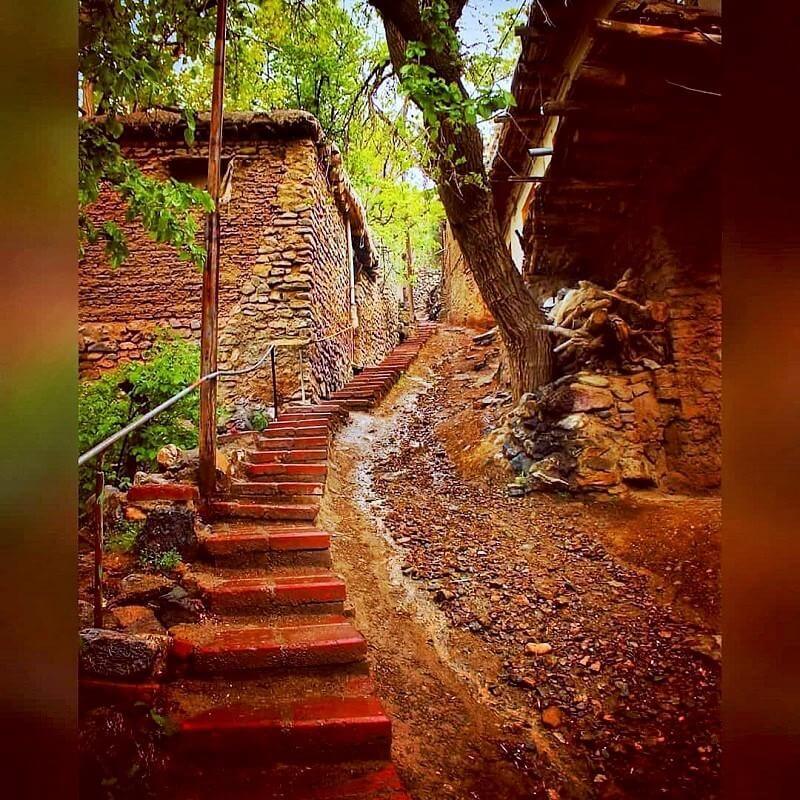
This village is located in the center of Nishapur country and next to a waterfall. The foundations of this stepped village are laid on Mount Binalud.
Ushtibin Village
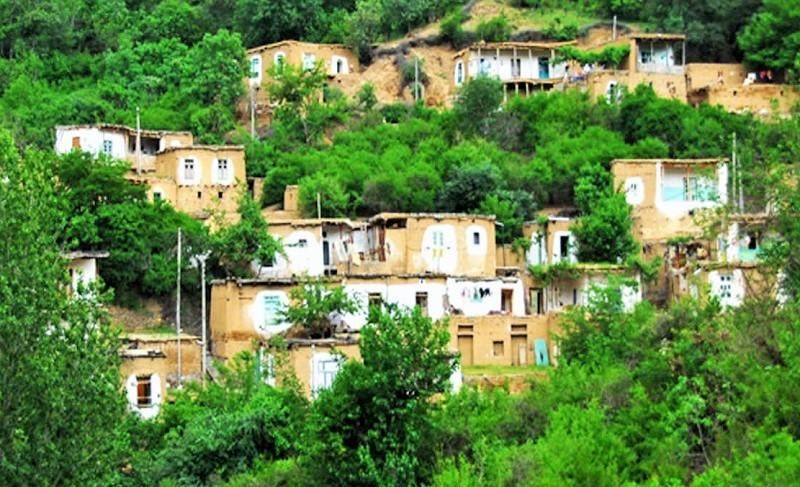
This village is located in East Azerbaijan. It is on the banks of the Aras River and surrounded by tall mountains. The history of this village dates back to the Safavid King Tahmasab I. The village has been a successful producer of silk textiles since ancient times and has been a famous tourist attraction.
Palangan Tourist Village
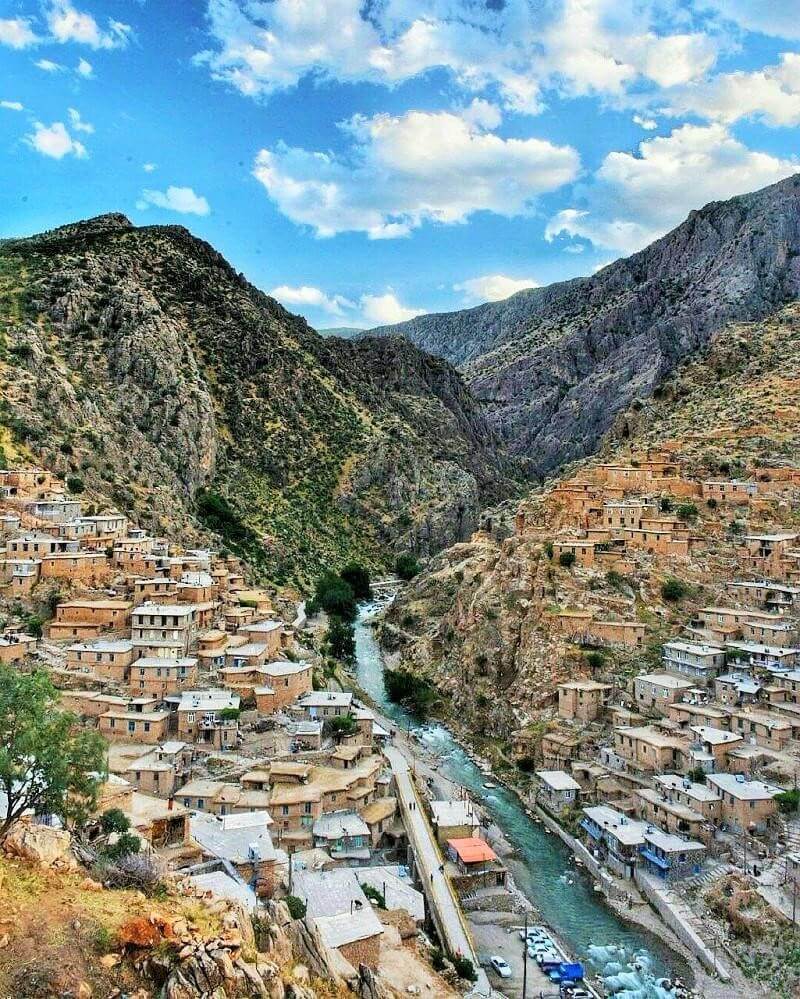
The houses of this village are made of stone. This village is 45 km from Kamyaran town in Kurdistan province and near Uramanat. The village dates back to the pre-Islamic era. Palangan mild summer, its beautiful historical castle, permanent mineral water springs, and cascade falls are the primary Palangan tourist attractions. No vehicles are allowed to enter the village.
Kang Village
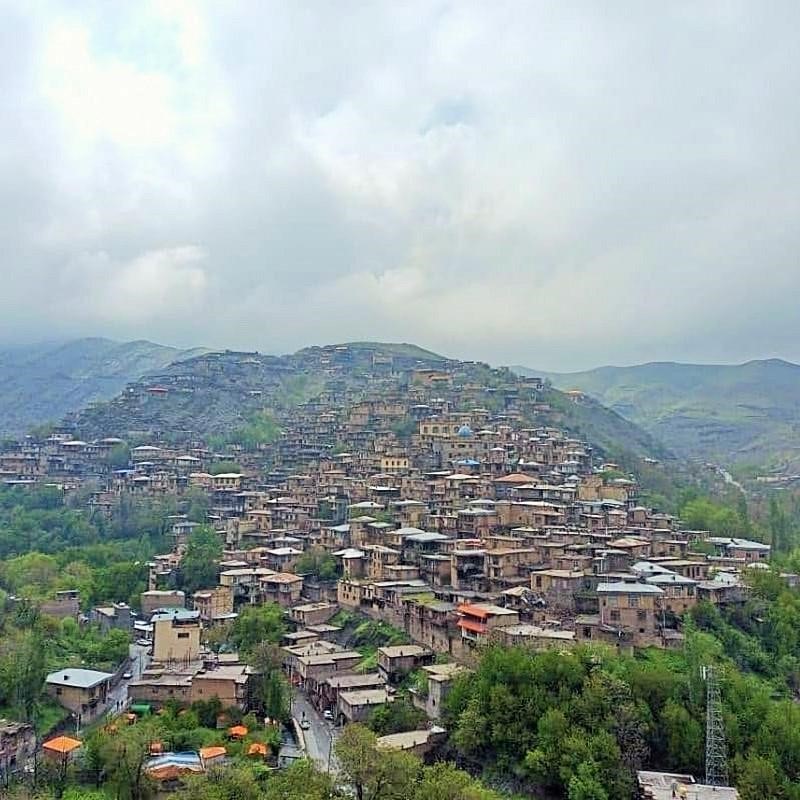
This village is located on the foothills of Mount Binalud and near Mashhad city. It also dates back to the pre-Islamic era.
Esfidan Village (Espidan)
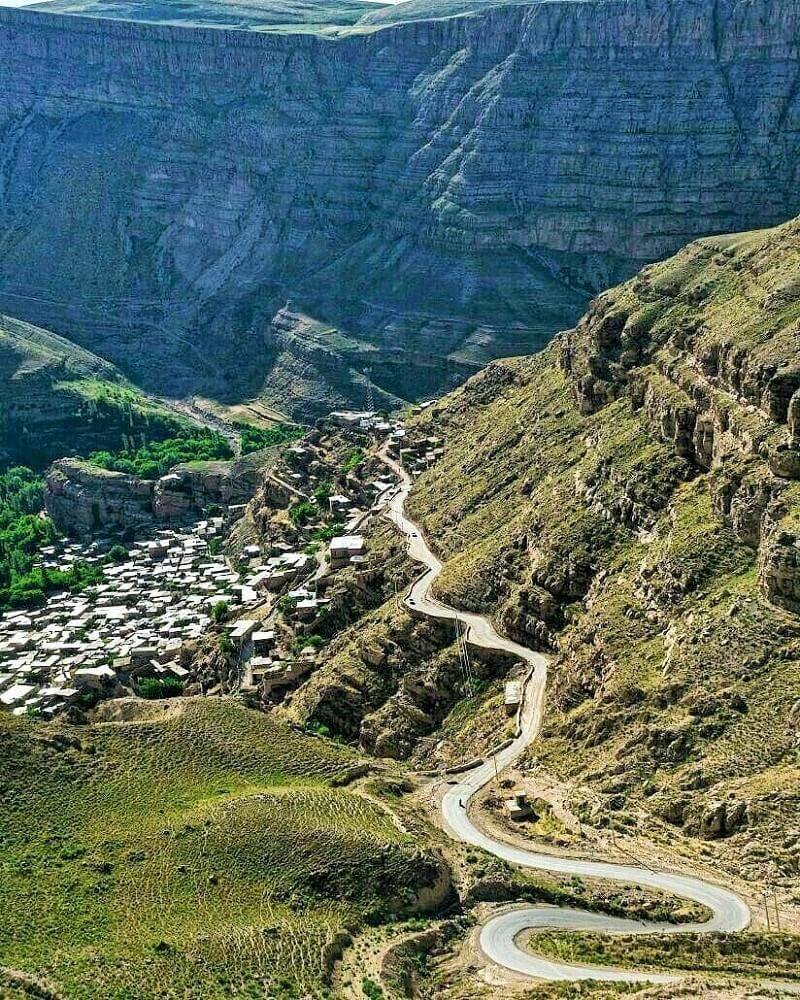
This stepped village is located in Northern Khorasan, in one of the districts of Bojnord County. Its establishment dates back to eight centuries ego.
Hajij Village
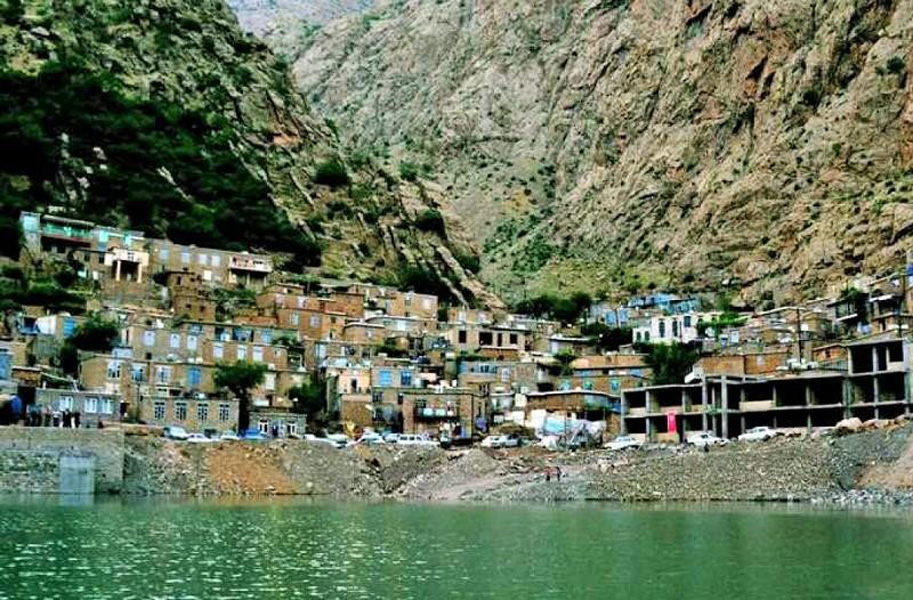
This village is located in the foothills of the Uramanat region. The stepped layout, winding passages, and semi-circular alleys and buildings facing the valley and Sirwan River, have turned this village into one of the most amazing villages in Iran.
Rooieen Village
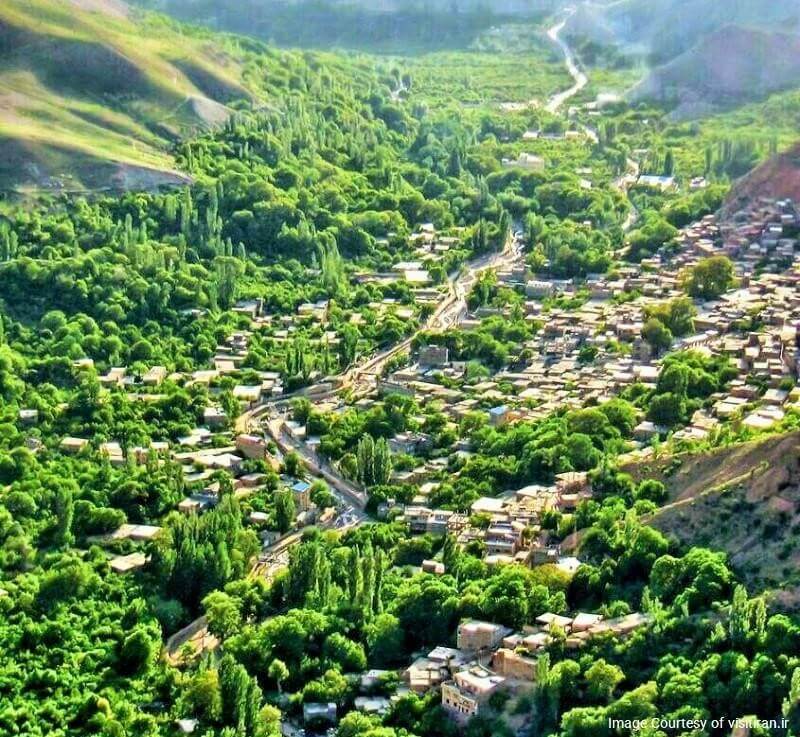
A maze of alleys, the old style of houses, and a sharp slope are the main features of this village. Rooieen Village is located near Bojnord. This village is known as the village of apple blossoms.
Sar Agha Seyed Village
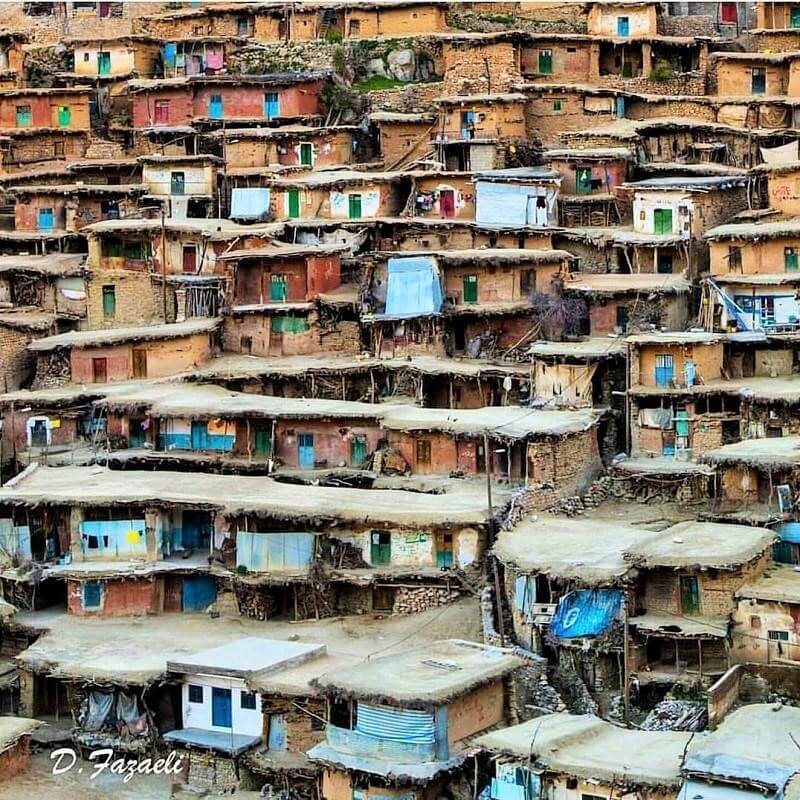
This village is located in Chaharmahal and Bakhtiari Province near Shahrekord.
Zonuzaq Village
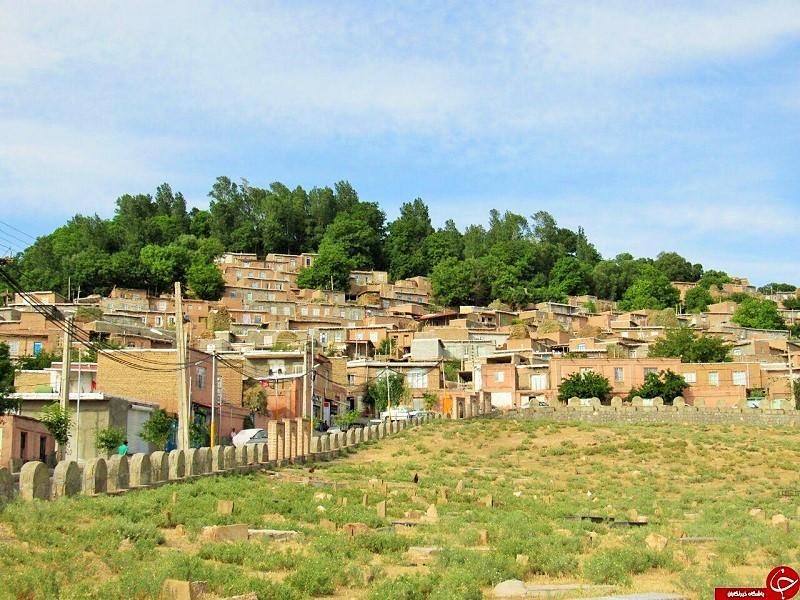
This village is located in the heart of the mountains in East Azerbaijan. It is similar to Uramanat and is the largest stepped village in Iran. It also dates back to 800 years ago.
Global Tourist Destinations Similar to Uramanat Cultural Landscape
Here, we will introduce a few landmarks across the world that are similar to Uramanat:
Manarola, Italy
Manarola (Manaea in the local dialect) is one of the towns of Riomaggiore in La Spezia province in northern Italy. This area is famous for a pedestrian path called Via dell’Amore or “lover’s walk” that has a spectacular view of the hills and vineyards above the city.
Cinque Terre Seaside Villages
The Cinque Terre collection of villages is located on the steep Riviera coasts in Italy, and on top of cliffs overlooking the Mediterranean Sea. No cars are allowed to enter the historic areas of the area.
Monterosso al Mare Town
This commune is located on the mountain wall. It is also divided into two sections, the new town and the old town, which are connected by a tunnel, and pedestrians can walk between the sections.
Corniglia Frazione (Small Village)
This village is located on top of a cliff that looks like it is about to fall into the ocean. It is surrounded by vineyards that present a stunning view of the Mediterranean. Some buildings in this village were built in the 16th century.
Riomaggiore Village
This city in Italy is built on a steep slope area. This city is famous for its historic buildings and its local beverages.
Final Word on The Cultural Landscape of Uramanat in Iran
The cultural landscape of Uramanat registered in the UNESCO list of World Heritage Sites and the adaptability of its people to nature, as well as other similar examples in Iran, display the history and methods of human adaptation to the surrounding nature. These destinations hold unfulfilled potential for the development of ecotourism in Iran.
In order to promote sustainable tourism and to ensure the protection of these valuable assets, the Responsible Tourism Charter should be taken into consideration when traveling to these areas.
Where is Uramanat?
Avroman or Uramanat is a mountain region spread across Kurdistan and Kermanshah provinces in the west of Iran and in the northeast of the Kurdistan region of Iraq. The main part of the Uramanat region is located in Iran, which consists of two regions:
- Eastern central valley (Zhwaro and Takht) in Kurdistan Province
- Western Valley (Labon) in Kermanshah province
Frequently Asked Questions About Uramanat
If you cannot find the answer to your question here, leave a comment in the comment section below this post and ask your question. We will answer it as soon as possible.
Why is the Uramanat region famous in the world?
- The villages in this region have a unique stepped architectural style.
- Discovered remains show that Avroman or Uramanat was one of the oldest human settlements on record.
- The vivid and beautiful clothing of the people of the villages of this region, along with their traditional customs, is one of the charms that have made it famous.
Why is Uramanat called “Hezar Masuleh” village?
The reason for this name is the stepped layout and pyramid architecture of this village. In fact, the houses are built on the slope of the mountain and in harmony with nature. The yard of each house is the roof of the lower house. There is also an old castle at the top of this pyramid.
How old are the earliest evidence of a civilization that has been discovered in Uramanat?
In 1926, a pot was discovered in a cave in Palangan village, with an inscription in Greek script. This inscription, which is now known as “Bonchagh Uramanat or Parchments of Avroman”, is the oldest document discovered in the entire Uramanat region, which demonstrates the history of this region.


